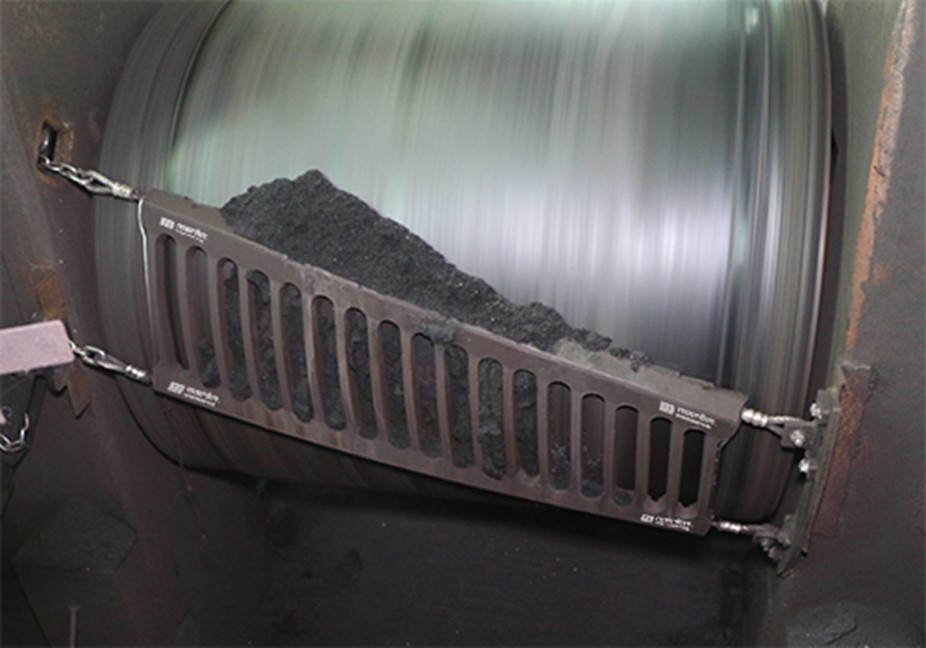Sign up for daily news updates from CleanTechnica on email. Or follow us on Google News!
Capturing solar energy out in space and beaming it down to Earth seems like something straight out of science fiction, but the irresistible allure of space solar beckons with the potential for delivering clean energy 24/7, anywhere on Earth, any day of the year. That is somewhere off in the future, but in the meantime the new Florida startup Star Catcher Industries is halfway there. The company is laying plans to shunt space solar from its forthcoming Star Catcher Network to the growing number of solar-powered satellites in low Earth orbit.
$12.25 Million For Space Solar Startup From Florida
Star Catcher outlined its plans in a press release last week, in which it described the Star Catcher Network as a “first-of-its-kind energy grid” capable of beaming “significant levels of broad spectrum energy to spacecraft in Low Earth Orbit [LEO] and beyond.”
Beyond where is the question. If Star Catcher means “beyond” as in closer to the ground, that suggests the company is already looking ahead to a full space-to-Earth transfer of solar energy some day. Or, it could mean beyond as in over to the Moon and other points outwards.
I’ve reached out to Star Catcher to see what they actually mean. In the meantime, the company makes it clear that a substantial market for LEO space solar is taking shape.
“Demand for high-performing, power-intensive applications in space, including space-based telecommunications, on orbit computing, remote sensing, human spaceflight, and national security applications, is growing exponentially,” Star Catcher explains. The company calculates that 840 megawatts of power will be needed to accommodate the 40,000 LEO satellites expected to orbit the Earth. By comparison, Star Catcher notes that the current generation capacity can be measured in the tens of megawatts.
“By providing spacecraft with higher concentrations of energy to state-of-the-art solar arrays, the Star Catcher Network will significantly magnify space-based power generation to meet this growing demand and enable satellite operators to expand capabilities and uptime while reducing upfront spend,” the company emphasizes. According to their calculations, satellites hooked up to the Star Catcher Network can generate 5-10 times the power of a typical satellite array.
Space Solar For LEO Satellites: Who’s Gonna Pay For All This?
The Star Catcher team has been rather busy. The company states that while its solar network is still under development, more than half a dozen commercial space firms have already signed letters of intent. The company has also closed a $12.25 million round of seed funding for following through with next steps.
“With this seed funding, Star Catcher’s immediate focus will be on validating and demonstrating its power beaming services for customers, beginning with ground demonstrations, followed by an on-orbit demonstration in late 2025,” the company explains.
For the record, one of two co-leaders of the round is Initialized Capital, the early-stage venture firm behind Instacart, among others. Initialized Capital claims a market value of more than $200 billion among the 175+ companies in its portfolio.
The other co-leader is the global firm B Capital, which has more than $7 billion in assets under management among more than 160 companies in its portfolio. The company draws attention to its strategic partner, The Boston Consulting Group, which fields a team of 11,000 consultants around the globe.
Next Steps For Space Solar
CleanTechnica has been following the idea of beaming solar energy to Earth from space since the early days, when the idea seemed spacey if not downright wacky (see more space solar background here).
Well, that was then. “The space solar news has been coming thick and fast over the past year,” CleanTechnica reported in April, taking note of the UK space-based solar startup Space Solar as it gears up for a demonstration of its technology within the next three years or so.
Last fall a UK research added fuel to the fire when it reported on a first-of-its-kind study of a solar array on a satellite, aimed assessing the development of commercially viable solar farms in space.
“The work included developing a new thin-film cadmium telluride (CdTe) solar cell deposited on a thin layer of glass. Thin-film solar cells are lighter, more flexible, and less expensive to manufacture than conventional silicon solar cells,” CleanTechnica noted.
Here in the US, CalTech has been leading the space solar charge. The school reported a successful flight for its space-to-Earth technology demonstrator earlier this year. The research team is currently assessing the results before announcing next steps.
Nobody Expects… Parasols In Outer Space
The CalTech project indicates that the technology is in hand, but commercial obstacles remain. NASA also surveyed the space solar news earlier this year and determined that it has other priorities, though the space agency did take note of some technology overlaps between its programs and the development of space solar systems.
One futuristic project NASA does have in the cooker is something called a solar sail, which aims to deploy the pressure of sunlight to propel spacecraft through space. “This eliminates heavy propulsion systems and could enable longer duration and lower-cost missions,” NASA explains. One key challenge is the weight of the booms that keep the sails in position. NASA is currently taking that on with a demonstration-scale test of a new composite boom in partnership with the firm NanoAvionics.
Next steps include increasing the size of the sails, and that could lead to some new technology overlaps with the space solar field.
In another potentially related development, earlier this year, The New York Times reported on a number of research projects aimed at assessing whether or not dust, bubbles, or parasol-like devices could be launched into outer space with the aim of slowing the pace of climate change. The idea is to block a small but significant amount of solar radiation from reaching the Earth.
The Times of Israel provided an update on one of the projects this week, a giant solar shade proposed by Yoram Rozen, who leads the Space Research Institute at Technion, the Israel Institute of Technology in Haifa.
“The idea would be to launch a 2.5 million-ton blanket, a distance of 1.5 million kilometers (93.2 million miles) into space, to a specific zone where the effects of gravitational pressure and solar winds would be minimal,” explains Times reporter Sue Surkes.
Surkes notes that the material would be similar to that used in solar sail propulsion systems. If you’re thinking that incorporating thin film solar technology into the material is a possibility, drop a note in the comment thread.
Follow me via LinkTree, or @tinamcasey on Threads, LinkedIn, and Instagram.
Image: The newly launched Florida startup Star Catcher Industries is launching a space solar network aimed at beaming solar energy from space to thousands of low earth orbiting satellites (courtesy of Star Catcher).
Have a tip for CleanTechnica? Want to advertise? Want to suggest a guest for our CleanTech Talk podcast? Contact us here.
Latest CleanTechnica.TV Videos
CleanTechnica uses affiliate links. See our policy here.
CleanTechnica’s Comment Policy





